
Gather zero-party data
Get reliable, rich zero-party data through Riddle’s quizzes, with zero privacy worries.

Why you should choose zero-party data
Zero-party data is the highest-quality and most reliable data source you can get, outperforming second and third-party data.
Zero-party data is information your users give you directly. When people engage with Riddle’s quizzes and interactive content, they willingly share this with you.
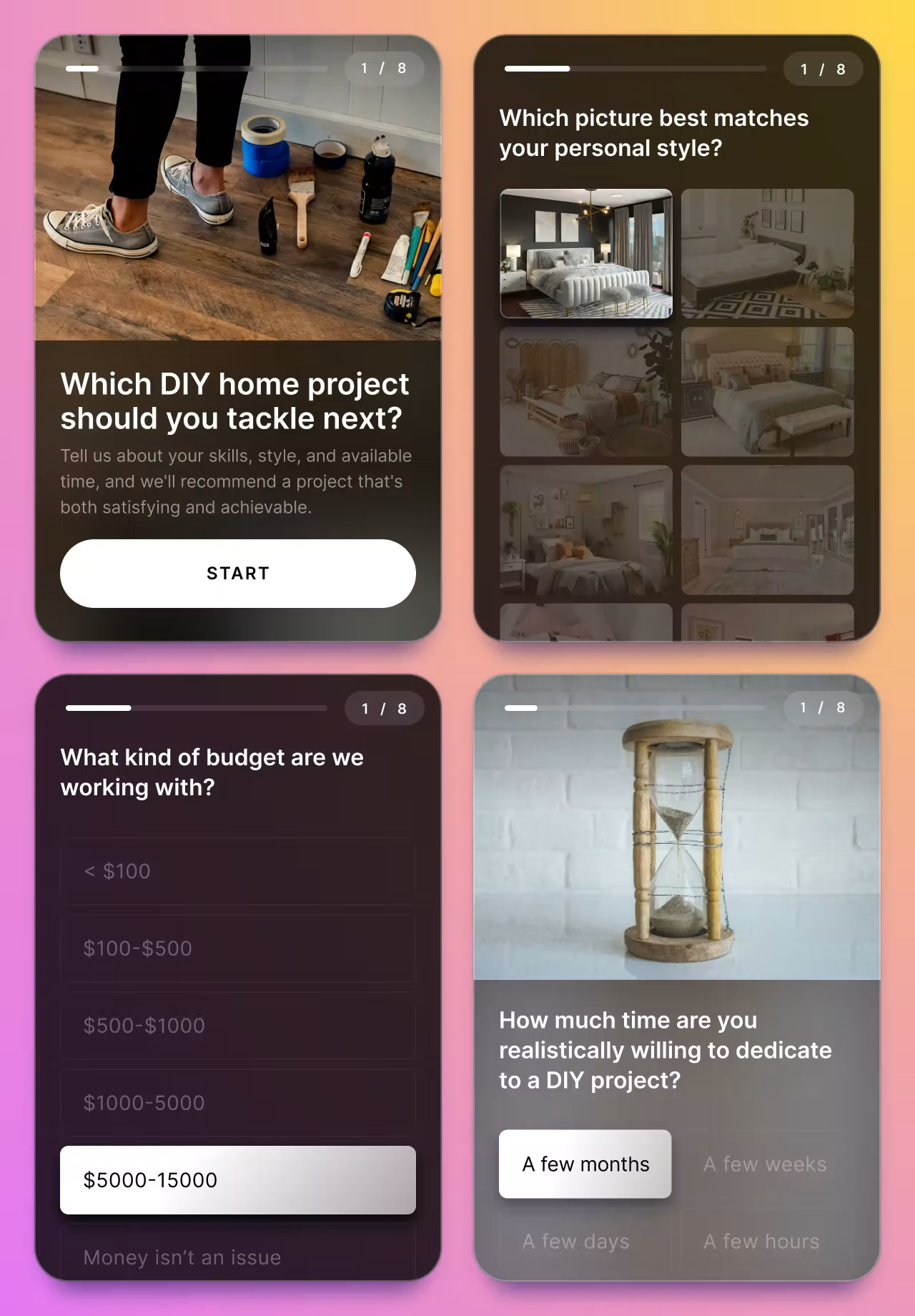
How Riddle can help your business today
Get deeper consumer insights
Go beyond demographics by using insights to shape customer segments around behaviors, preferences, and needs.
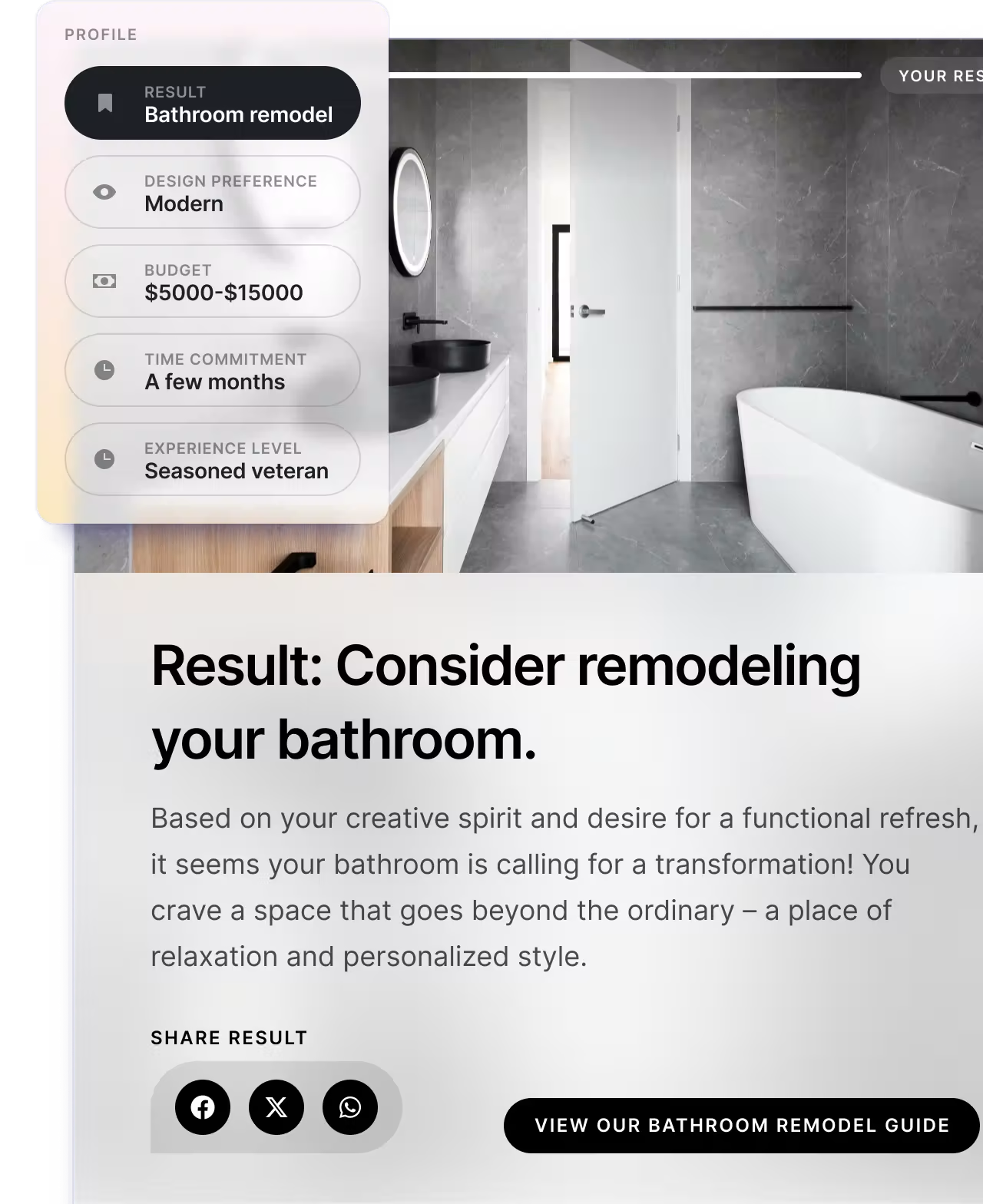
Create targeted, personalized content
Boost engagement and conversions with personalised, targeted content made possible by insights.

Build trust by giving users control
Our quizzes and interactive content give users full control, with the opportunity to opt in to data tracking and usage terms.

Track, measure & optimize data from quizzes
Measure data from your quiz funnels, and connect to tracking software to see how your content’s performing.

What our clients say


Choose from over 15 interactive content formats
Try it for freePersonality quizzes

Quizzes

Sponsored content

Surveys
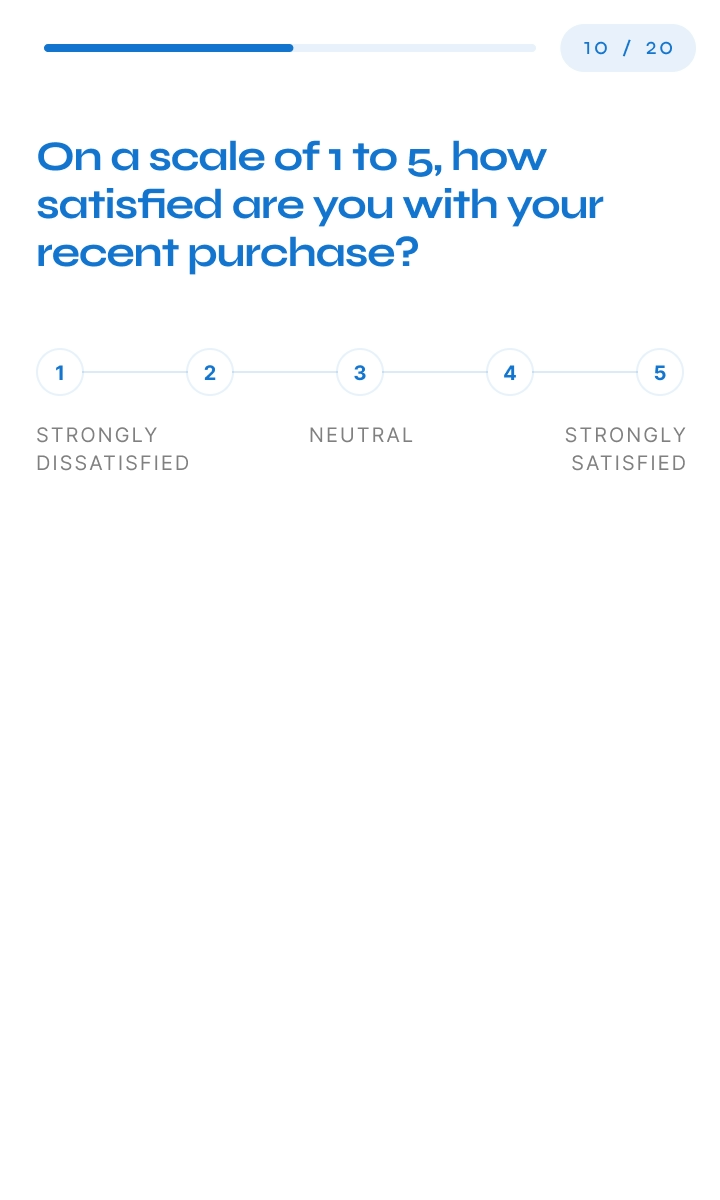
Polls
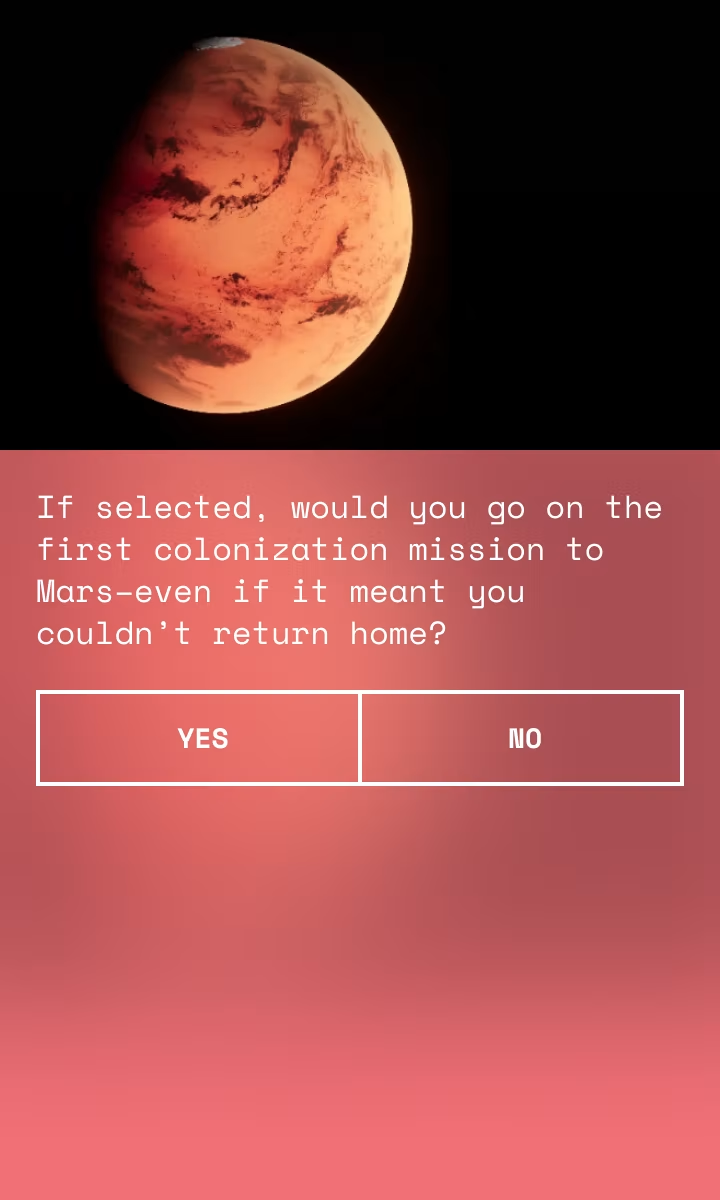
Product recommendations

Competitions & raffles

Game predictors
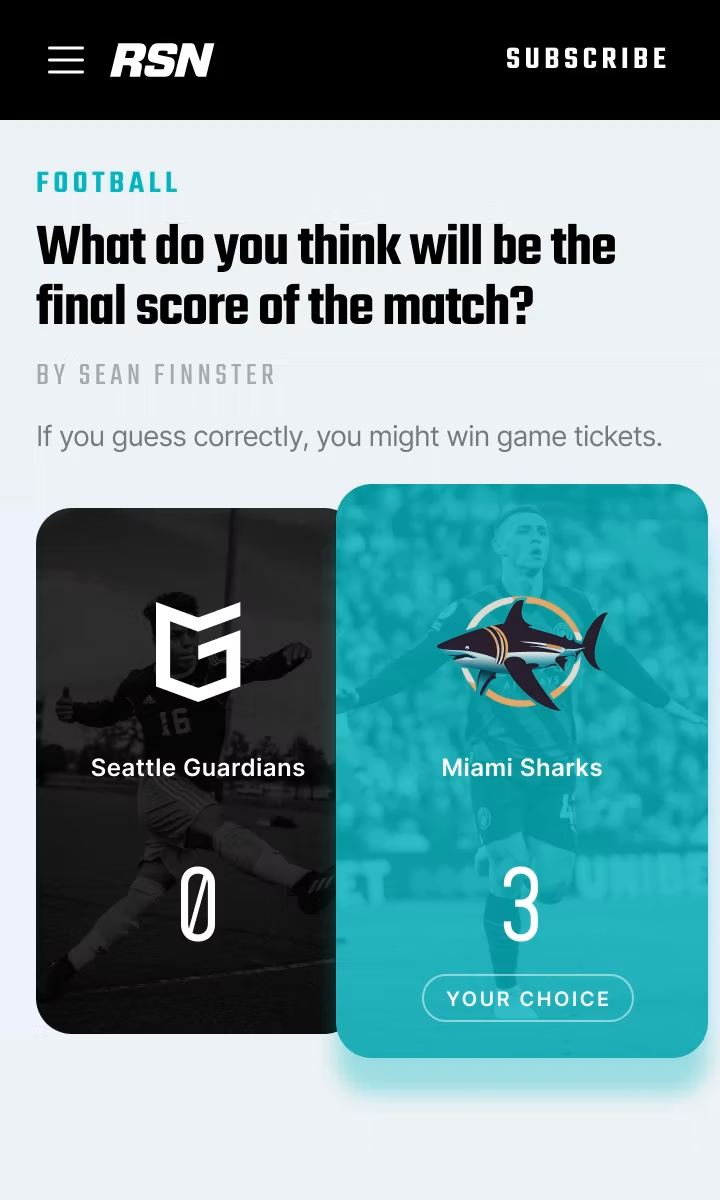
Leaderboards

Listicles

Personality quizzes

Quizzes

Sponsored content

Surveys

Polls

Product recommendations

Competitions & raffles

Game predictors

Leaderboards

Listicles
